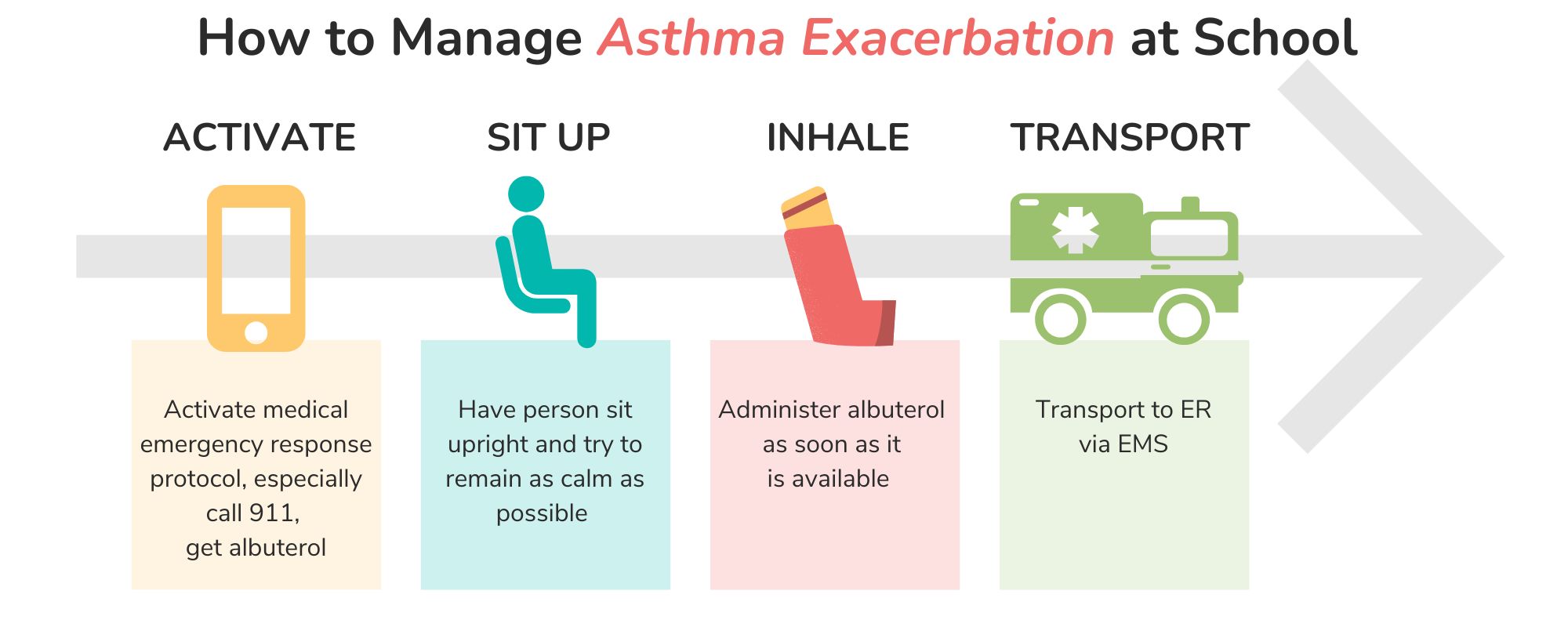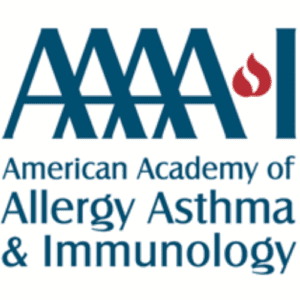Asthma Emergencies
Open the airways.
Asthma Emergencies
Asthma should not interfere with a child's life.
Asthma is a chronic disease in which the airways in the lungs are inflamed. When triggered by an irritant or allergen, the asthmatic airways can become swollen, making it difficult for air to move in and out of the lungs. This can result in symptoms such as coughing, wheezing, shortness of breath, and chest tightness, and severe symptoms can result in death if not promptly recognized and treated.
Asthma can manifest in children and teenagers at school and can be life-threatening. Students may experience an asthma exacerbation while exercising during gym class, or it may be triggered by dust or mold in a classroom. In the event of an asthma flare, quick administration of rescue medication, such as albuterol, can help relax and open the airways, relieving symptoms in many cases, and some medications may be taken before exercising to prevent asthma from flaring. Given the potential severity of asthma exacerbations, some schools choose to stock albuterol.
Schools can help keep children with asthma safe at school by having strategies in place to prevent asthma exacerbations. Schools need also to be ready to respond to a student experiencing an asthma exacerbation. Part of a school’s medical emergency response planning needs to include education on this medical emergency. Here are key points on how a school can recognize and respond to an asthma exacerbation.

Recognize
How to identify asthma emergencies.

Coughing

Wheezing

Chest Tightness
Risk factors for asthma exacerbation
Infections
Infections such as rhinovirus (often referred to as the “common cold”) can pose significant danger to people with asthma. This is because infections can inflame the airways and trigger asthma.
Family History
Children of parents with asthma are more likely to have asthma than children whose parents do not have asthma.
Obesity
Although less understood than other risk factors, people who are overweight, including children, are more likely to have asthma than non-obese people.
Exposures, such as to allergens or irritants
Allergens, such as dust and mold, and irritants, such as pollution and cigarette smoke, can inflame airways, triggering asthma.
Respond
When you see an asthma emergency, follow this protocol:

Activate your medical emergency response protocol including calling 911 immediately and fetching albuterol immediately.

Have the person sit up and try to remain calm.

Administer albuterol, ideally with a spacer.

Continue to keep the person as calm as possible until EMS arrives, at which time the person will go to the emergency department for further care.
Recommended School-Focused Asthma Emergency Education
For your school to be prepared for any medical emergency, you need a plan and team. Med-E Ready guides you through creating exactly that.
The AAAAI created this resource to support students with asthma and allergies and assist in the management of the conditions at school.
Get Prepared For All Emergencies
Feel equipped for this emergency? Take the steps to get prepared for another one.





